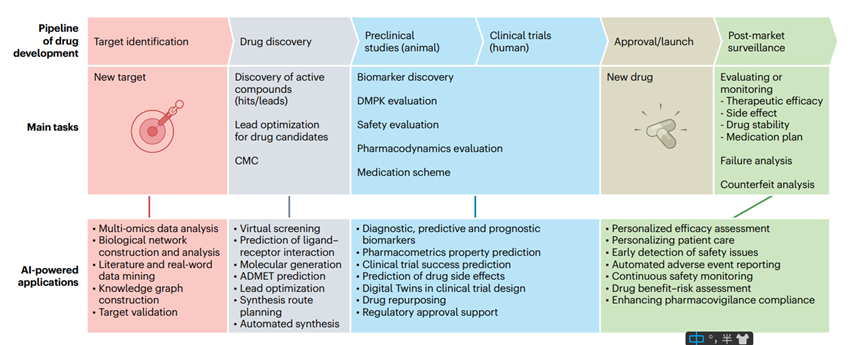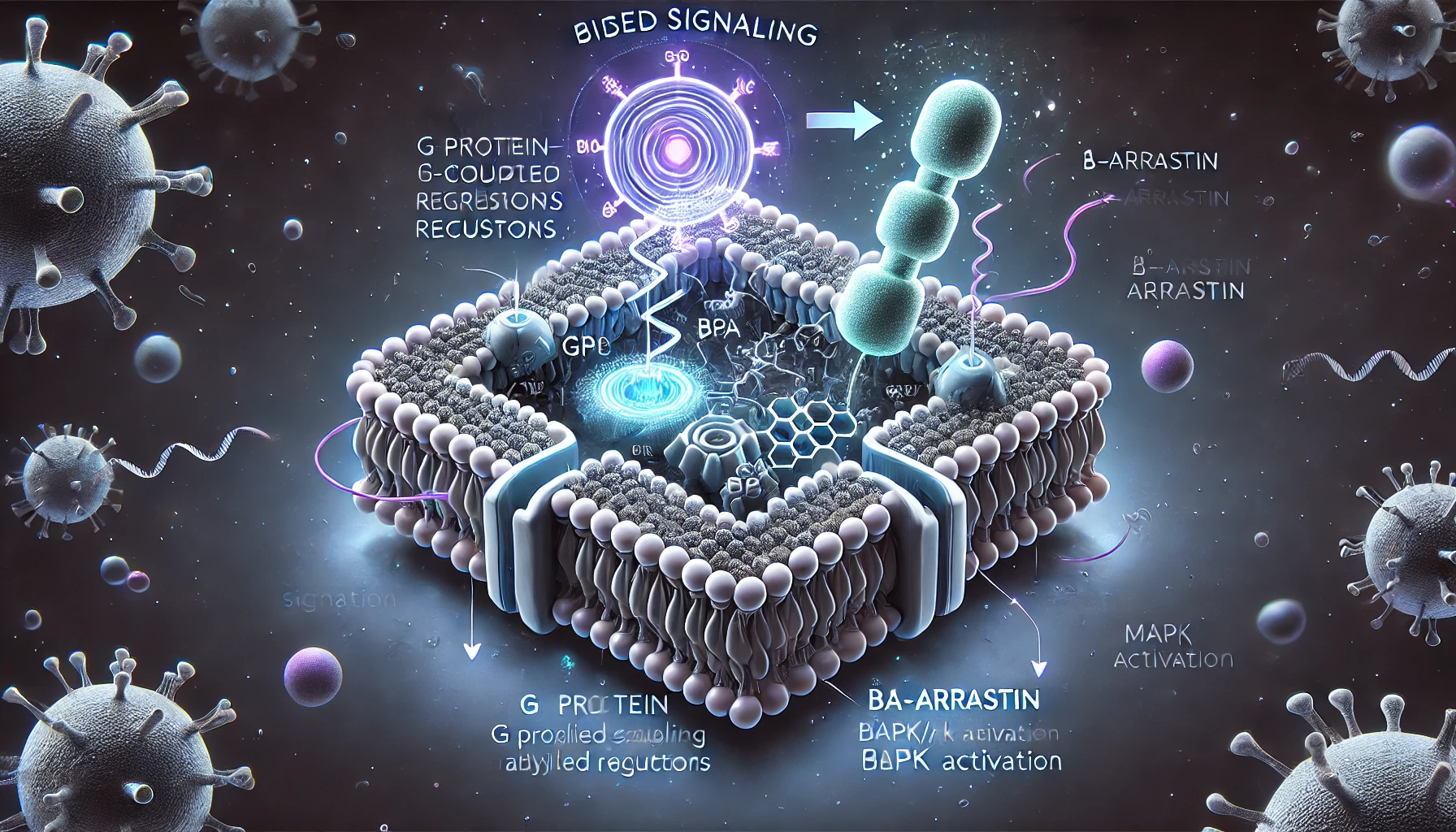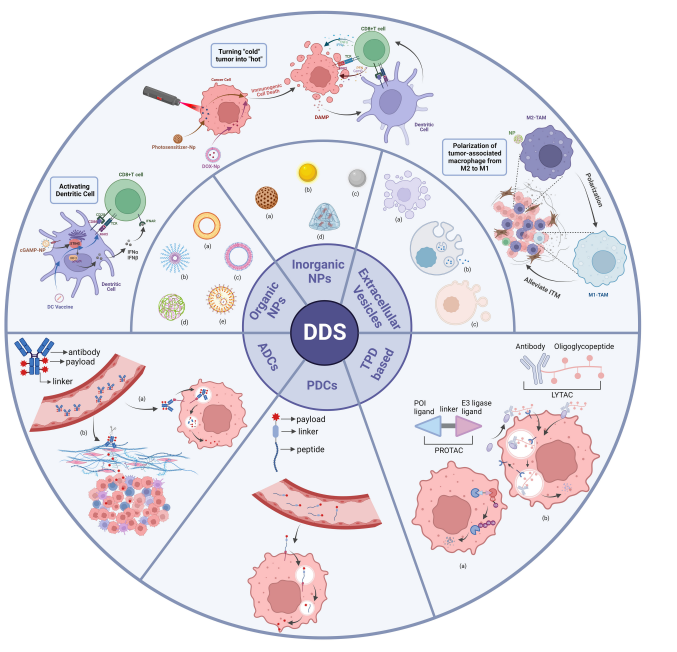Empowering Scientific Discovery: The Essential Role of Research Chemicals Across Fields
Abstract
Research chemicals are foundational to modern scientific research, facilitating accurate experimentation and enabling breakthroughs across diverse fields such as pharmaceuticals, biochemistry, neuroscience, and environmental science. These specialized compounds enhance precision and reproducibility, supporting experimental design and the study of complex biological and chemical processes. Recent innovations in isotopically labeled compounds, fluorinated molecules, and nanotechnology have expanded the capabilities of research chemicals, allowing scientists to explore new frontiers in synthetic biology, precision medicine, and drug discovery. Additionally, strict safety, ethical, and regulatory standards guide the responsible use of these chemicals, ensuring sustainable and safe scientific practices. As demand grows, the evolution of research chemicals promises to advance scientific inquiry and foster impactful discoveries, driving progress in areas essential to human health, environmental sustainability, and technological innovation. This blog explores the critical role and future potential of research chemicals in shaping the landscape of scientific research.
Research Chemicals: The Backbone of Modern Scientific Inquiry
Research chemicals are specialized compounds designed for use in laboratory settings to facilitate scientific inquiry and discovery. These chemicals, ranging from simple molecules to complex compounds, play a critical role in advancing our understanding of biological, chemical, and environmental systems. Researchers rely on these substances for the development of new drugs, the study of cellular processes, and the analysis of biochemical pathways, making them indispensable across multiple fields. In pharmacology, for example, research chemicals enable the identification of novel drug targets and the evaluation of therapeutic efficacy, thus accelerating drug discovery and innovation[1].
In environmental science, they assist in tracking pollutants and understanding their effects on ecosystems, which is essential for developing sustainable solutions to ecological challenges[2]. The precision and reliability of research chemicals make them valuable tools that support experimental consistency and reproducibility, key factors in producing credible research outcomes. As scientific knowledge expands, so does the demand for high-quality research chemicals tailored to specialized applications, underscoring their growing importance in modern science.
Building Blocks of Precision: How Research Chemicals Elevate Experimental Accuracy
Research chemicals are central to scientific experimentation, enhancing both the precision and validity of experimental results. In designing experiments, researchers rely on these chemicals to isolate variables, create controls, and replicate biological or chemical processes with a high degree of accuracy. This reproducibility is crucial, as it allows scientists to validate findings across different labs and research settings, a fundamental aspect of scientific integrity [3]. In laboratory assays, research chemicals are used to probe cellular responses, measure enzyme activity, and evaluate molecular interactions, which are essential steps in elucidating biochemical pathways [4]. In cell culture studies, they allow researchers to simulate specific conditions and study cellular behavior in a controlled environment, making it possible to explore phenomena like gene expression and signal transduction in real time. Animal studies and clinical trials also benefit from these chemicals, as they are instrumental in assessing pharmacological effects and therapeutic potential before advancing to human trials [5]. By supporting detailed and accurate experimentation across various research modalities, research chemicals contribute to consistent, reliable data and play a key role in scientific advancement.
Driving Discovery Across Disciplines: Applications of Research Chemicals
Research chemicals are instrumental across numerous scientific fields, each of which relies on specific compounds to advance its unique objectives. In pharmaceutical research, research chemicals are pivotal for drug discovery, pharmacodynamics, and pharmacokinetics studies. These chemicals help researchers identify potential drug candidates and evaluate their efficacy and safety profiles, providing crucial insights before clinical trials. Drug discovery, for instance, utilizes various compounds to screen large libraries of molecules for biological activity, allowing scientists to pinpoint promising therapeutic agents with specificity and accuracy [6]. Research chemicals are also essential in studying pharmacodynamics (how drugs affect the body) and pharmacokinetics (how drugs move through the body), which are necessary to optimize drug formulations for therapeutic use.

In biochemistry and molecular biology, research chemicals assist in uncovering the complexities of metabolic pathways, enzyme function, and molecular interactions. Enzyme studies, for example, use substrates and inhibitors to understand how specific molecules interact within metabolic processes, which aids in identifying potential targets for therapeutic intervention [7]. Research chemicals in molecular biology are also critical in gene expression studies, where they enable the control and measurement of gene activation and repression, providing insights into cellular function and disease mechanisms. The development of isotopically labeled compounds, for example, has allowed for the precise tracking of molecular transformations within cells, making it possible to map entire metabolic networks.
Neuroscience and psychology also benefit significantly from research chemicals, particularly in studies of brain function, neurotransmitter pathways, and behavioral responses. Chemical compounds are used to investigate neural pathways by modulating neurotransmitter release or receptor activity, helping researchers to understand the biochemical basis of cognition, memory, and emotional response. Behavioral studies often use research chemicals to model neurological diseases or investigate the effects of various substances on animal behavior, which can provide insights into potential treatments for conditions such as depression, anxiety, and neurodegenerative diseases.
In environmental science, research chemicals are crucial for pollutant analysis, toxicity testing, and understanding ecosystem impacts. These chemicals enable scientists to measure trace amounts of pollutants in soil, water, and air, providing data essential for environmental risk assessments and regulatory decisions. Toxicity testing, often conducted with research chemicals, helps identify the potential harm of chemicals to living organisms, contributing to safer chemical usage and waste management practices[8]. Furthermore, research chemicals help track environmental changes over time, offering data that informs conservation efforts and sustainable practices.
Innovation at the Molecular Level: Recent Advances in Research Chemicals
Recent advancements in research chemicals have revolutionized experimental accuracy, specificity, and predictive power across scientific fields. One such innovation is isotopically labeled compounds, such as deuterated or carbon-13 labeled chemicals, which allow for precise tracking of molecular transformations and metabolic pathways, enabling researchers to better understand complex biochemical processes [9]. Fluorinated molecules are another breakthrough, often used in drug discovery to enhance drug stability, lipophilicity, and metabolic resistance, ultimately improving a drug’s efficacy and lifespan in the body. Additionally, the development of chiral compounds has allowed researchers to investigate the distinct activities of enantiomers—molecules that are mirror images—enabling more targeted research into drug interactions and therapeutic outcomes.

These innovations not only expand the capabilities of experimental research but also enhance the reproducibility and reliability of results. By using more refined and function-specific chemicals, researchers achieve greater sensitivity in detecting subtle changes within biological systems, making it easier to predict experimental outcomes and tailor research to specific objectives. As a result, the latest developments in research chemicals significantly contribute to advancing scientific accuracy and the broader applicability of research findings.
Safeguarding Science: Ethical and Regulatory Standards in Research Chemical Use
The use of research chemicals in scientific studies requires strict adherence to safety protocols, ethical considerations, and regulatory compliance to protect both researchers and the environment. Safety is paramount, as many research chemicals can be hazardous; laboratories must implement proper handling, storage, and disposal procedures to mitigate risks. Personal protective equipment (PPE), fume hoods, and safety training are essential to ensure a safe research environment [13].
Ethically, researchers must consider the potential environmental and health impacts of their work. Disposal of chemicals, particularly in environmental and biological research, should follow eco-friendly practices to prevent harm to ecosystems and public health [14]. Furthermore, many countries have regulatory guidelines governing the synthesis, transportation, and use of research chemicals, with agencies such as the Environmental Protection Agency (EPA) and the Food and Drug Administration (FDA) enforcing strict rules for compliance. Regulations also cover the ethical use of chemicals in animal and human studies, requiring oversight from institutional review boards (IRBs) and adherence to ethical standards to protect study subjects [15].
Through responsible handling and compliance with ethical and regulatory standards, researchers can safely utilize research chemicals while upholding scientific integrity and contributing to safer, more sustainable research practices.
Looking Ahead: Emerging Trends and the Future of Research Chemicals
The field of research chemicals is evolving rapidly, with emerging trends that promise to transform scientific research across disciplines. One key area is the development of synthetic biology and precision medicine applications. Synthetic biology involves designing and creating new biological parts and systems, often utilizing highly specialized research chemicals to construct complex biochemical networks, enabling groundbreaking work in fields like gene editing and cellular engineering. Precision medicine, which tailors treatments to individual patients, relies on advanced research chemicals to understand disease mechanisms at a molecular level, facilitating the development of targeted therapies with fewer side effects.
Another promising trend is the application of nanotechnology in research chemicals, enabling scientists to manipulate substances at an atomic or molecular scale for enhanced specificity and control in experimental setups. Nanomaterials are increasingly used in drug delivery, diagnostics, and even environmental monitoring, providing more accurate results and innovative approaches to address complex challenges. These advancements in research chemicals reflect a future in which research becomes more efficient, targeted, and aligned with specific therapeutic and environmental goals, driving significant progress in scientific discovery and application.
Empowering Progress: The Lasting Impact of Research Chemicals on Science
Research chemicals have become essential to scientific progress, enabling researchers to explore complex biological, chemical, and environmental processes with accuracy and control. From aiding drug discovery in pharmaceutical research to supporting metabolic studies in biochemistry, these compounds enhance the precision and reproducibility of experimental work, which is fundamental to credible and meaningful scientific findings. The recent advancements in isotopically labeled compounds, fluorinated molecules, and nanotechnology demonstrate the field’s rapid evolution, offering researchers even more powerful tools to solve intricate scientific questions. As the demand for specialized applications grows, the development of safer, more ethically produced research chemicals also highlights a commitment to responsible science. By adhering to strict safety protocols and regulatory standards, researchers can utilize these chemicals effectively while minimizing potential risks to health and the environment. Looking forward, the ongoing innovation in research chemicals promises to expand the boundaries of scientific inquiry, fostering discoveries that will impact medicine, environmental conservation, and beyond. Embracing these advancements responsibly will ensure that research chemicals continue to be a force for progress in tackling global challenges and advancing human knowledge.
Reference
- Sinha, S., & Vohora, D. (2018). Drug discovery and development: An overview. Pharmaceutical medicine and translational clinical research, 19-32.
- Bare, J. C. (2002). TRACI: The tool for the reduction and assessment of chemical and other environmental impacts. Journal of industrial ecology, 6(3‐4), 49-78.
- Mebane, C. A., Sumpter, J. P., Fairbrother, A., Augspurger, T. P., Canfield, T. J., Goodfellow, W. L., … & Verslycke, T. A. (2019). Scientific integrity issues in environmental toxicology and chemistry: improving research reproducibility, credibility, and transparency. Integrated environmental assessment and management, 15(3), 320-344.
- Amorati, R., & Valgimigli, L. (2015). Advantages and limitations of common testing methods for antioxidants. Free radical research, 49(5), 633-649.
- Goldblatt, E. M., & Lee, W. H. (2010). From bench to bedside: the growing use of translational research in cancer medicine. American Journal of Translational Research, 2(1), 1.
- Nicolaou, K. C. (2014). Advancing the drug discovery and development process. Angewandte Chemie, 126(35), 9280-9292.
- Guengerich, F. P. (2000). Metabolism of chemical carcinogens. Carcinogenesis, 21(3), 345-351.
- Judson, R., Richard, A., Dix, D. J., Houck, K., Martin, M., Kavlock, R., … & Smith, E. (2009). The toxicity data landscape for environmental chemicals. Environmental health perspectives, 117(5), 685-695.
- Mutlib, A. E. (2008). Application of stable isotope-labeled compounds in metabolism and in metabolism-mediated toxicity studies. Chemical research in toxicology, 21(9), 1672-1689.




